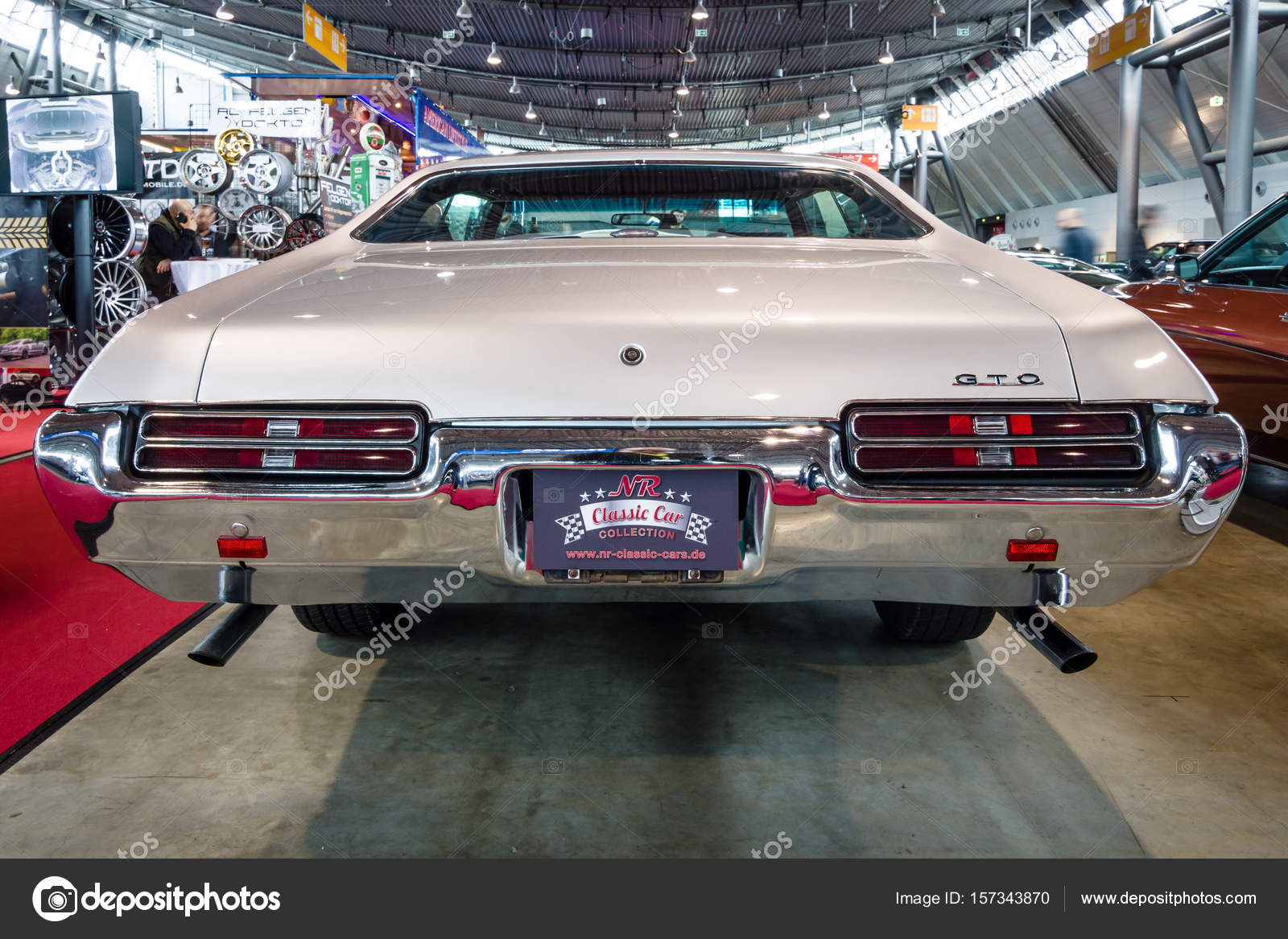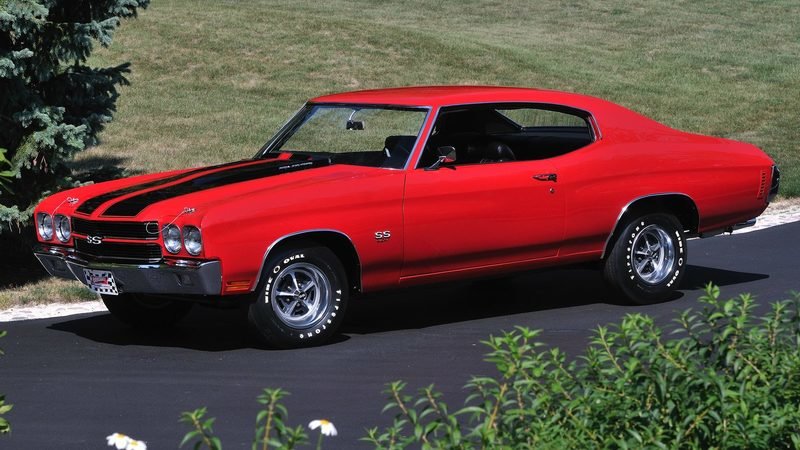
You have found the right place if you're looking for an iconic 1980s sports car. Below is a selection of our favourite examples. We also include Pontiac Fiero GT as well as the GM F-Body and the Saab Turbo 16S GT GT. What other 1980s cars are worth your attention? Continue reading to find out more about the performance history of each model.
Pontiac Fiero GT
From 1984 to 1998, Pontiac Fiero made its first production. This was a 2-seat mid-engine sportscar. Pontiac's moral triumph, the Fiero was an alternative to Chevrolet Corvette. Although initially marketed as a commuter vehicle, the Fiero was in fact a mini with high-mileage to meet CAFE standards.
GM F-Body
The GM-80 Camaro/Firebird would still have been part of the GM F-Body lineup, but with a new design and improved performance. Third-generation Camaro's platform had been redesigned to be lighter. This would have made it easier to handle. Although the car still had steel structural frames and moldable plastic panels, engineers were open to the idea of using extruded aluminum tubular or rolled steel tubular structures. Composites were chosen for their cost-savings and corrosion resistance.

Saab Turbo 16S GT
From the 1980s, the Turbo 16S was one Saab's most loved models. Saab introduced the Automatic Performance Control in 1982 when it began exporting cars. The system allowed cars to run on various grades of gasoline, without causing damage to the engine. GLE and Turbo both received central locking doors. Turbo received Asbestos-free brakes. Front pads had a semi-metallic coating, while the rear ones were silica. 1984 saw the introduction of a new central console for the GLE model. In addition, bumper decor strips got wider.
Buick GNX
The Grand National Series and GM's 1982 and 1980 championships in this series inspired the GNX. Buick Regal's GNX-based driver was Darrell Waltrip. The 4.1-liter naturally aspirated V6 produced 125 horsepower. Buick made the Buick-GNX until 1983.
Saab 944
The Porsche 944 was the first sports car with a turbocharged turbocharged engine to hit the US. Although the Porsche 944 was manufactured in a short period of time, it offered enough performance to make owners forget about the Porsche 911s. The 944 was built until 1991. Its production numbers are documented and range from 2,402 to 3,098. The model number is usually found in the US market as WPOBA or WPOCB.
Porsche 959
The Porsche 911 Carrera S's new Porsche 911 Carrera S can be fast, but not the Porsche 959. The 959's handling is incredible, even though the body is only 1,450kg lighter. The anti-lock brakes are quite effective. However, the car's body doesn't feel as tight. You might be caught off guard by bumps when you get to Molecomb corner. A spirited drive may be in order for the Porsche 959, which was a popular sports car during its golden age.

Saab Turbo 16S GT GT manual transmission
Saab Turbo 16S GT is the only car that has a manual transmission. The car's 2.4 liter 4-cylinder engine combined with a 5-speed manual transmission gave the driver a pleasurable driving experience. The suspension system of the car was created to protect the driver from road imperfections. The car's front suspension system was double wishbone and the rear suspension system provided excellent handling and road feeling. Panhard rods were used to stabilize the beam axle. Watts linkages connected the axle to the chassis, allowing the driver to adjust various vehicle functions. The lower control arm attaches to the vehicle's underside, while the upper link faces the rear and is at the top. The Saab Turbo 16S GT also had power steering.
FAQ
What qualifications do I need to become a mechanic?
You will need to pass several exams in order to become a mechanic. These include:
-
A test of general knowledge
-
A practical exam
-
An apprenticeship test
These tests are intended to make sure you have a solid understanding of the basics of mechanics before you can start your career as a mechanic.
Once you've passed these tests, you'll be eligible to work as a mechanic. You'll still need an apprenticeship. This will require you to learn the trade.
You'll need to attend classes and workshops to learn everything you need to know about repairing vehicles. You'll also have to work alongside experienced mechanics.
If you want to be a successful mechanic, it will take concentration and attention to detail. Vehicle repairs require you to be very attentive.
You'll need patience and persistence to become a successful mechanic. If you don't like to follow instructions, then this may not be the right career path for you.
However, if you love cars or enjoy working on them, you might be happy in this field.
How can I fix my automobile as a hobby.
If you are interested in cars, why not take it on as a hobby? You could learn how to repair them, buy parts for them, sell them or just enjoy them. It would make a great pastime if you're looking for something different to do.
But it is not easy to turn this into your full-time occupation. It takes dedication and hardwork. Also, you will need to put a lot of money into it.
It is best to avoid getting involved in car accidents unless you have good reasons.
What is the length of an apprenticeship as an automotive mechanic?
It takes approximately three years to complete an automotive mechanic apprenticeship. This includes two year at school as well as two years as an apprenticeship. The first year is dedicated to learning the theory and practical skills of the trade. During this time, you'll also learn how to use tools safely and efficiently. You'll spend the second year in on-the-job training, where you will gain experience in various trades. These are also the times you can attend formal courses.
The last year of the program is dedicated to gaining certification and qualifications in the field. These include NVQs (National Vocational Qualifications), which are awarded after passing exams covering specific topics within the industry. There are also HNCs (Higher National Certificates), which cover general subjects like management, business administration, customer service, and more. For those interested in pursuing certain trades, City & Guilds certificates are available.
What does it matter which college I attend?
No, not really. In terms of getting into the auto industry, there is no distinction between colleges. But, there are better programs at some schools than others. Look elsewhere if you want something more niche.
What are the requirements of an auto technician?
You must have completed high school or GED with good grades in maths and English. You also need to be able to read and write well. You will need to pass a written test and then go through a series of practical exams before being allowed to start work.
Is it easy to get a job as an automotive mechanic?
Yes, it can be very easy. Many garages list their vacancies online. Many people simply apply for the fun of it. You can apply for several places to see if they are accepting student applications if you want to get your foot in their door. Alternatively, you could ask friends and family if they know anyone who works in the industry. You might be able to refer someone.
What is the average time it takes to become a mechanic?
It takes years of practice and experience to become an expert mechanic. A professional mechanic will teach you how to fix cars.
You will spend time in a workshop learning everything you can about cars. You will need to be familiar with mechanical engineering books about mechanics, car design, and other topics.
And you'll also need to attend auto school.
It is important to get started early. You don't have to wait until you are older to start studying automotive technology. Start studying automotive technology now to become a mechanic.
Statistics
- There were 749,900 jobs available for automotive service technicians and mechanics in 2016, which is expected to grow by six percent through 2026. (jobhero.com)
- Apprentice mechanics earn significantly less hourly than mechanics who have completed training, with a median wage of approximately $14.50 an hour, according to PayScale. (jobhero.com)
- The U.S. Bureau of Labor Statistics (BLS) reports that the job outlook for automotive service technicians and mechanics is expected to decline by 4% from 2019 to 2029. (indeed.com)
External Links
How To
How to correctly diagnose your vehicle for repairs
You should first examine the symptoms your car is showing to determine if it requires repairs. Next, you can follow these steps in order to diagnose your car.
-
Check engine lights. You should inspect the dashboard lights, such as the engine light indicator and the oil pressure gauge. Also, check the battery light indicator. If any of them have been flashing for several days, it may mean something is wrong with your vehicle.
-
Take a look at the treads. Tire wear can lead to problems in handling and brake performance. The treads of the wheels should be inspected as well. They should be clean, and they should be smooth. It is best to take off the wheels and remove them. You can check the tread wear with a flashlight.
-
You should always monitor the level brake fluid. It is important to keep track of how much brake fluid you have in your car. This will ensure that your brakes run smoothly. Your brakes may fail if the brake fluid level drops.
-
You should test the suspension system. A suspension system is designed to absorb vibrations and shocks. It provides better control and allows smoother acceleration and deceleration. Your vehicle might feel wobbly, or shake uncontrollably if it has a bad suspension. To test whether your vehicle has a suspension issue, try putting weight on the front or rear axle and observe the movement.
-
Examine your steering column. The steering column connects the steering wheel to all other components of the vehicle. The steering column can often be damaged by an accident. It is recommended to replace any steering column that feels loose, or shakey.
-
The exhaust pipe should be observed. The exhaust pipes are responsible for moving gases from the combustion chamber into the atmosphere. If the exhaust pipe is damaged or leaks, harmful fumes can enter your cabin. It is also important to repair any bends in your tailpipe immediately.
-
Check under the hood. Check under your hood for any unusual or missing components. Leakage of fluids in your engine could indicate that it is leaking. Also, professional technicians should be called if you detect an unusual smell coming out of your engine compartment.
-
The air filter should be checked. The outside environment can collect dust and other debris in your vehicle's air filters. A dirty filter can lead to a poor vehicle's performance. Replace your air filter regularly.
-
Verify the fan belt. Your vehicle's fanbel connects the engine and transmission. If the fan belt is damaged, the engine won’t turn. Replacing the belt is simple. You will need a screwdriver, pliers and a pair of pliers.
-
Make sure you inspect the radiator hoses and hoses. The radiator hose is used to carry water from the radiator to your engine. It can become cracked or damaged and leak hot liquid onto your engine. The hose can be repaired with a pair or needle-nosepliers, and a wire brush.
-
Check the windshield wipers. Windshield wipers use electricity to clean away snow and rain. If they stop functioning, they can leave streaks in your window glass. You can fix the problem by changing the washer fluid.
-
Check the battery cables. The battery cables provide power for the electrical systems in your car. Make sure you disconnect the negative cable before replacing batteries. Failure to do so can damage your alternator.
-
Check the headlights. Headlights help you see the road ahead. Bad visibility can be caused by headlights that don't work correctly. To determine if your bulbs are out of date, check them.
-
Always check your lights. When you approach them at night, the lights warn other drivers. If one doesn't work, it could distract you and lead to an accident.
-
Inspect your brakes. Brakes will reduce the speed of your car in case of an accident. If the brakes fail to work correctly, your car could lose control and collide with another vehicle.
-
Check the oil regularly. Keep your engine lubricated with oil. It protects metal parts and prevents them from wearing too quickly. It is recommended that you change your oil at least once per month.